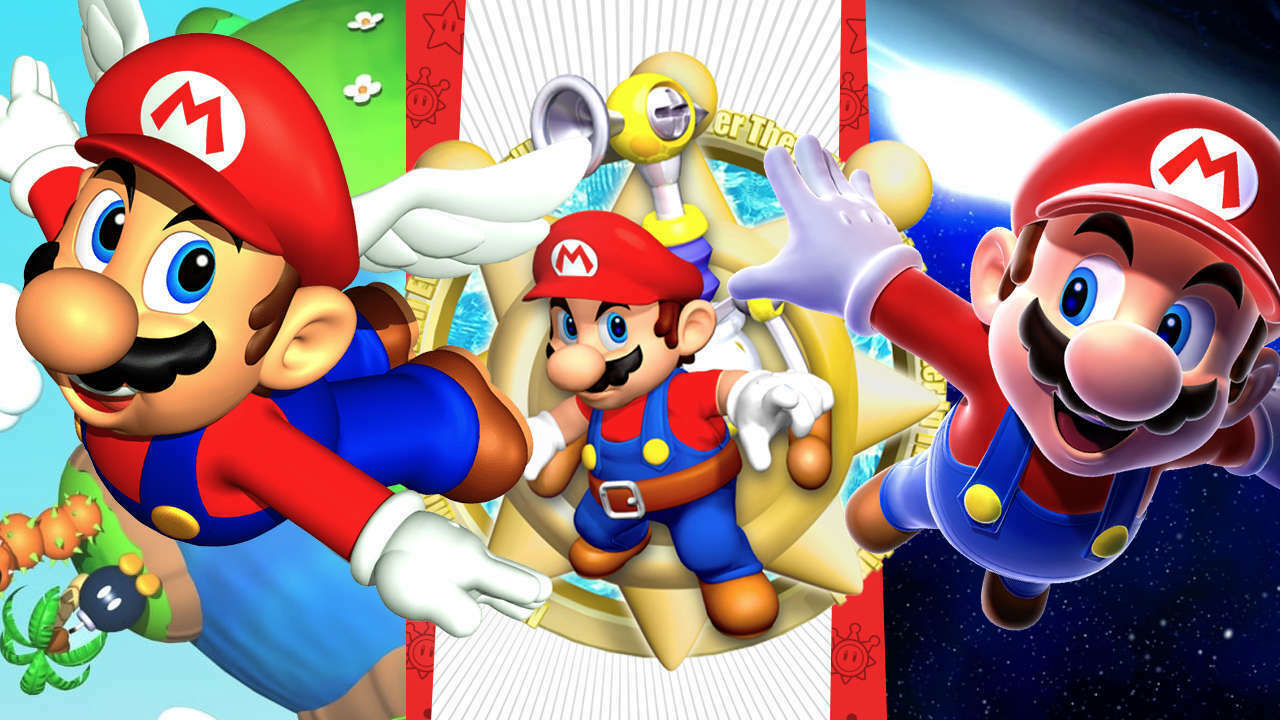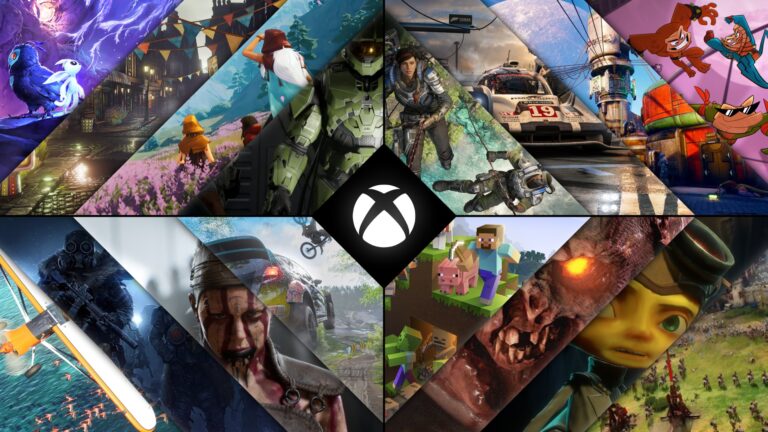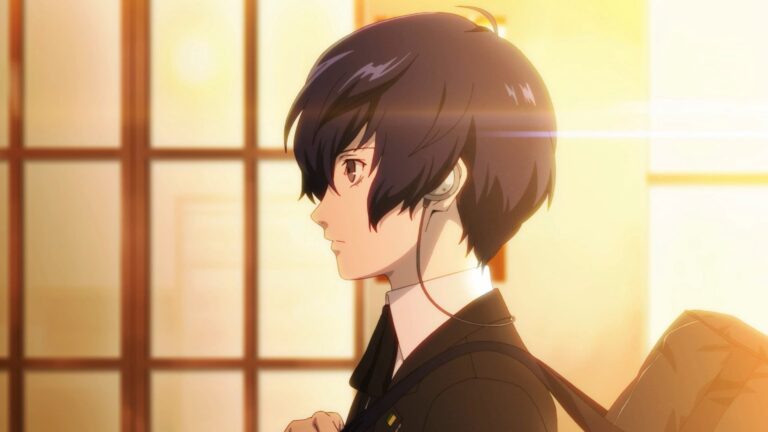Mario was publicly executed on April 1st, with gamers around the world mourning his demise. Of course, this was all said in jest; various Internet communities made the most of April Fools’ Day by pretending that the Nintendo mascot had perished at the hands of its developers. However, the same could not be said for Super Mario 3D All-Stars.
Released as a way of celebrating Mario’s 35th Anniversary, 3D All-Stars united the best of Mario’s 3D platforming adventures into one singular package for fans new and old to enjoy. However, moods quickly soured when Nintendo announced that this huge piece of Super Mario memorabilia and other special anniversary releases would only be available for a limited time, lasting until March 31st, 2021. It is no wonder that fervent fans joked the hardest about Mario’s death come April 1st.
Despite fan outcry, Nintendo went through with their plans, making it impossible for anyone to purchase any of these games for the foreseeable future. Nintendo of America president Doug Bowser has commented on Nintendo’s reasoning behind this move, but many are still left unsatisfied. In order to understand the extent to which Nintendo’s thought process here is flawed, we must first know why they went forward with this decision.
Why Mario was Executed
In an interview with Polygon, Bowser defended Nintendo’s decision for removing the anniversary releases by saying “it was done specifically because of the anniversary” and that “Nintendo wants to celebrate it in different ways”. Nintendo has provided no other answers or explanations since then.
If one looks close at the situation, though, it becomes clear that a major factor behind this artificial scarcity was to boost sales for the anniversary products — a tactic which paid off for Nintendo. Super Mario 3D All-Stars’ pre-orders alone made it the second best selling game of 2020, with vendors fearing shortages due to the sheer quantity of orders. Some online retailers even went as far as to cancel pre-orders because of their inability to meet demand.
Super Mario 3D All-Stars’ release did nothing to slow the tide, achieving the third-largest game launch of 2020 and standing among the fastest selling games on the market. As of December of that year, it sold over 8.32 million copies, with those numbers only continuing to climb once March 2021 rolled around.
Nintendo’s success with 3D All-Stars is owed in part to how they managed to inspire the fear of missing out (FOMO) in prospective customers. Many fans were clearly afraid of missing out on the purchase window, leading some to purchase the game despite not owning a Switch console. Thus, the prospect of not getting one of the year’s hit games helped to encourage a massive surge in sales, ensuring that Nintendo’s plan paid off.
From a business and sales standpoint, Nintendo’s actions make sense and show a degree of restraint on their part. They were not releasing games and making them available for a limited time. The company made it clear that 3D All-Stars would not have exclusive content and would only consist of visual remasters of the older titles. Still, Nintendo’s logic being sound doesn’t erase the more insidious aspect of this approach.
Why this is a Bad Move
Nintendo, and by extension Mario, appeals to a wide range of people. Older fans continue to cherish the series with every new addition. Meanwhile, newcomers join the ranks once they taste the vivacity and whimsical fun Mario has to offer. So many gamers find joy from this franchise, which makes the sales strategy behind 3D All-Stars all the more galling.
Choosing to tie this beloved franchise’s latest anniversary collection to a limited release window is a profound misstep on many levels. For one, it forces existing fans to either fork over $60 or risk losing a special deal on classic Mario games. In addition, this ensures that anyone new to the franchise’s most beloved and foundational titles can’t get their hands on 3D All-Stars if they purchased a Switch after March 31st. This strategy of enforced limitation hurts more than it helps, a notion further exemplified by the way it plays into toxic market tendencies.
In a similar vein to other Nintendo-branded products, Super Mario 3D All-Stars has had its value tied to terrible sales practices and trends. Its initial release came across as a shameless cash grab, not helped by the onset of opportunistic scalpers and the disingenuous fixation on making this anniversary celebration “unique”. The only thing worse than watching the Mario games’ virtues get undermined by the darker aspects of the industry is seeing this same approach taken with other Nintendo properties.
For example, Fire Emblem fans got their own taste of this restrictive treatment in the face of a major milestone. For the series’ 30th anniversary, Nintendo released the original entry Fire Emblem: Shadow Dragon and the Blade of Light for the Switch, marking this as the first time the NES game had been localized and released to the West in its classic form. The sole problem was that this long desired game had a limited window of availability before it would be removed from store shelves. Fire Emblem getting subjected to such disrespect and disregard by Nintendo sets a worrisome precedent for future titles and celebrations.
Given that The Legend of Zelda’s 35th anniversary is around the corner, it is our hope that Nintendo discontinues its practice of limited releases. It dampens what is supposed to be a celebration of a beloved franchise, turning it into a frantic dash to buy before you miss out. These events should be moments where we cherish and celebrate games with one another, not be at each other’s throats in a free-for-all for pre-orders.
No related posts.






